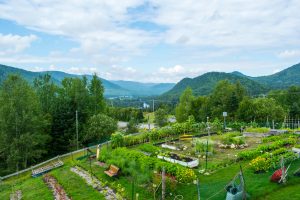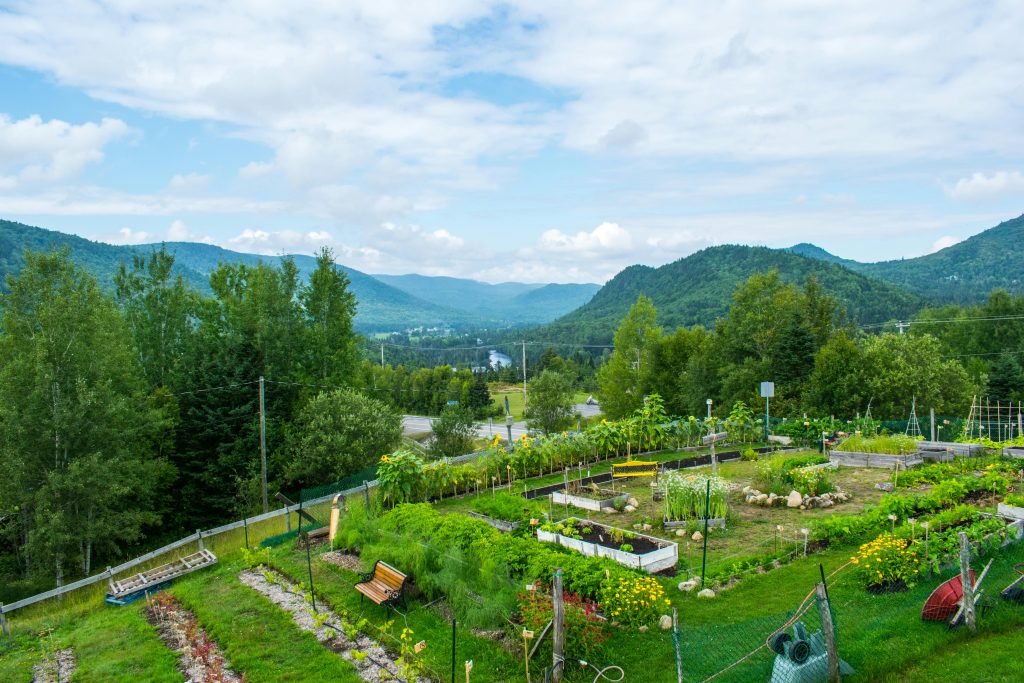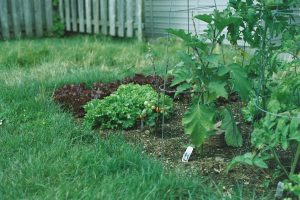
Magnesium Sulfate in Fall Gardens: Strengthening Greens and Brassicas
Fall gardens are some of the most rewarding to grow. Cooler temperatures extend the season for leafy greens, while crops like broccoli, cabbage, kale, and

Fall gardens are some of the most rewarding to grow. Cooler temperatures extend the season for leafy greens, while crops like broccoli, cabbage, kale, and Brussels sprouts thrive in brisk air. Yet despite these advantages, fall crops still face challenges. Shorter daylight hours, temperature swings, and soil nutrient depletion after summer harvests can all reduce growth and yield. To keep greens and brassicas healthy, strong, and flavorful in October, one of the best tools gardeners can use is magnesium sulfate.
Magnesium sulfate, commonly known as Epsom salt, delivers two nutrients that vegetables rely on: magnesium and sulfur. Magnesium is the key component of chlorophyll, which gives plants their green color and drives photosynthesis. Sulfur supports protein formation and enzyme activity, improving flavor and disease resistance. Together, they make magnesium sulfate one of the simplest and most effective fertilizers for fall gardens.
At Supply Solutions LLC, high-quality magnesium sulfate is available for farmers, landscapers, and gardeners who want reliable results. When applied in October, it provides fast-acting nutrition that helps greens and brassicas withstand stress, maintain vibrant color, and deliver excellent harvests.
Magnesium is central to chlorophyll, the pigment responsible for photosynthesis. Without enough magnesium, plants cannot efficiently capture light and produce the energy needed for growth.
For leafy greens and brassicas, magnesium provides:
Magnesium-deficient plants often show pale leaves, poor growth, and reduced yields.
Sulfur, the second nutrient in magnesium sulfate, is also vital for fall crops.
Without sulfur, greens and brassicas lose vigor and flavor.
Applying magnesium sulfate in October provides several advantages:
This makes October the ideal month to apply magnesium sulfate to fall gardens.
For farmers who grow greens and brassicas for fall markets, magnesium sulfate offers direct benefits.
Farmers who use magnesium sulfate see both immediate improvements in crop quality and long-term gains in soil health.
Some landscapers maintain edible gardens for schools, estates, or community projects. Magnesium sulfate supports these efforts by:
For landscapers, magnesium sulfate adds value by ensuring food gardens remain productive and attractive.
Home gardeners enjoy the taste and nutrition of fresh fall vegetables. Magnesium sulfate helps maximize both.
Gardeners who apply magnesium sulfate in October enjoy healthier, tastier vegetables.
By applying correctly, growers avoid waste and maximize benefits.
At Supply Solutions LLC, magnesium sulfate is selected for solubility and consistency. It dissolves easily for foliar sprays or fertigation and provides reliable results for all types of fall gardens. With expert advice available, customers know they are applying the right nutrient at the right time.
Fall crops are a valuable part of the growing season, providing fresh greens and flavorful brassicas when other vegetables are winding down. By applying magnesium sulfate in October, gardeners, farmers, and landscapers ensure these crops remain strong, green, and productive. Magnesium delivers the color and energy plants need, while sulfur enhances flavor and resilience. The result is healthier plants and higher-quality harvests.
For magnesium sulfate and other trusted fertilizers, visit Supply Solutions LLC. Reach us through our contact form, message us on Facebook, call 503-451-1622, or email sales@mysolutionssupply.com to get the products and guidance you need for stronger fall gardens.

Fall gardens are some of the most rewarding to grow. Cooler temperatures extend the season for leafy greens, while crops like broccoli, cabbage, kale, and

Orchards are long-term investments. Whether you manage apples, pears, peaches, plums, or cherries, the productivity and profitability of fruit trees depend on how well they
Give us a call or visit our store, and we’ll help you find the right solution for your business.
© Supply Solutions LLC 2025